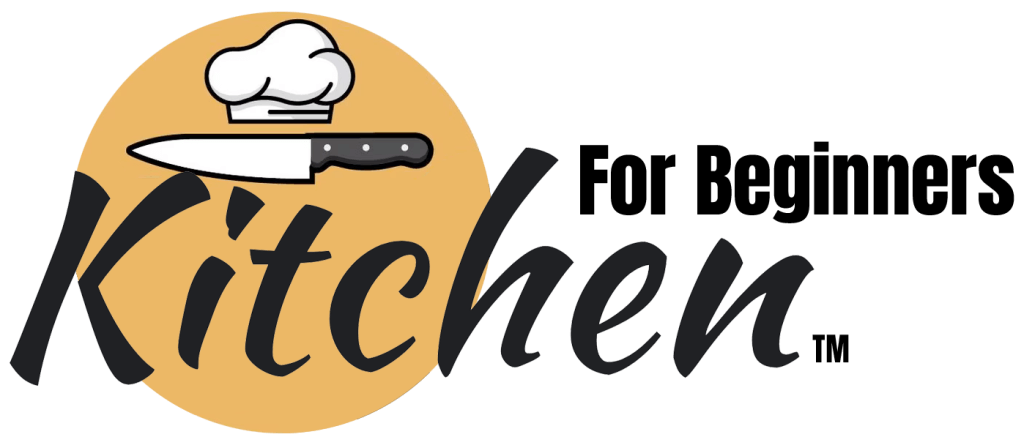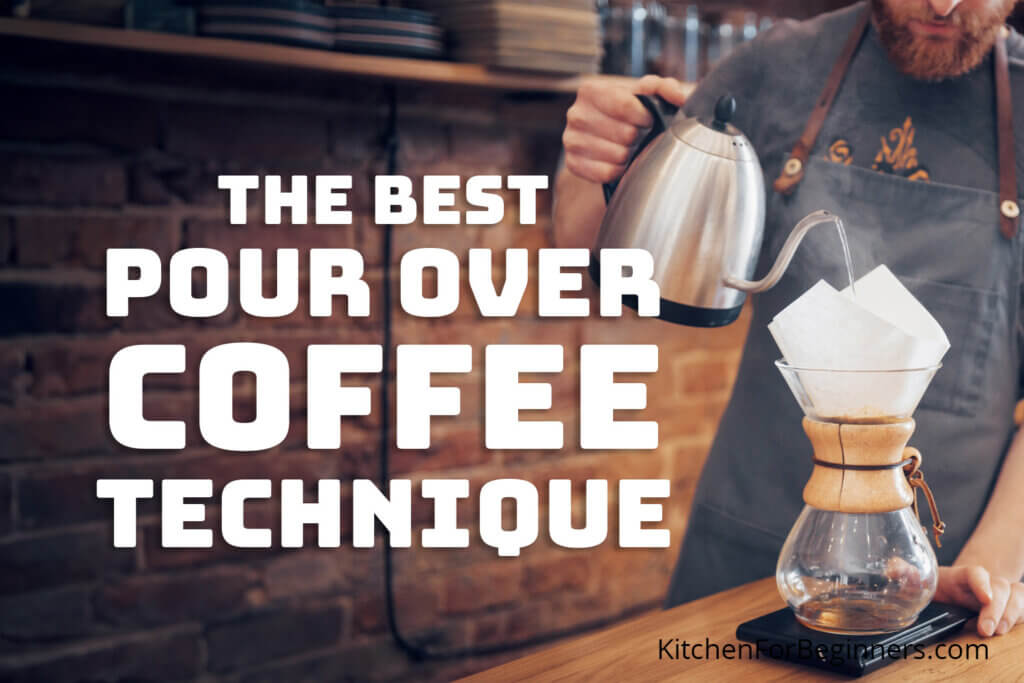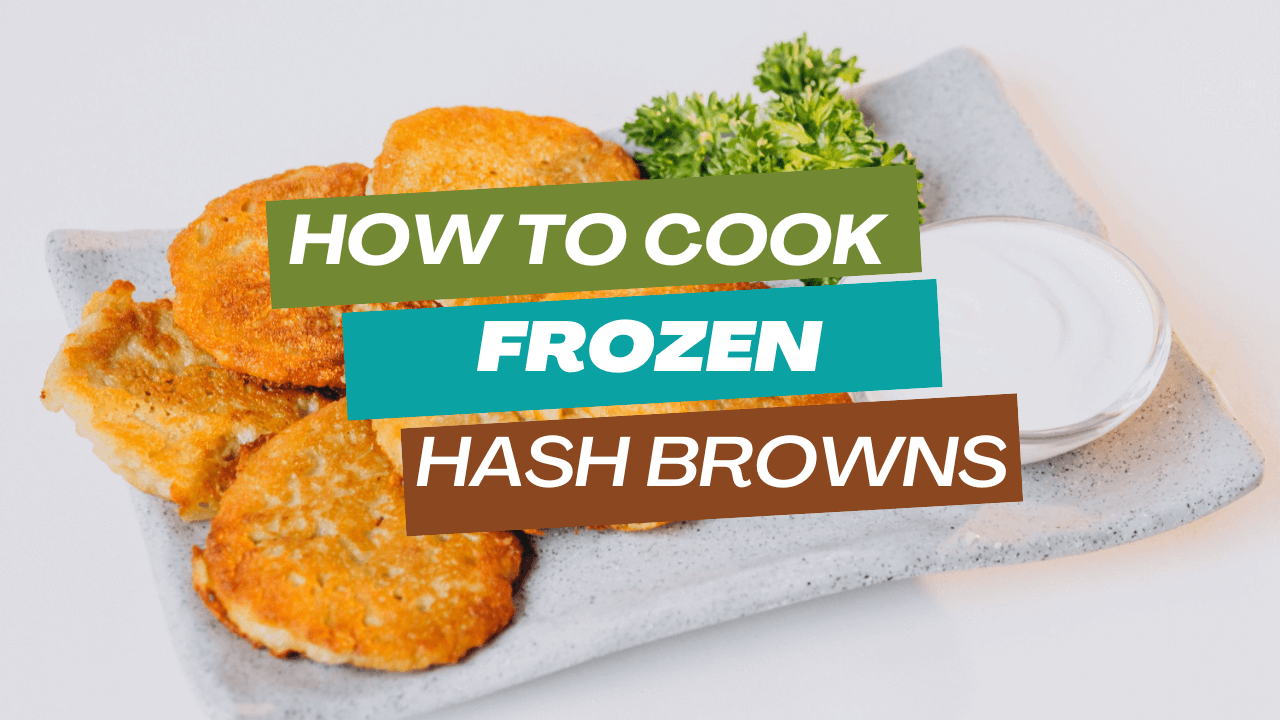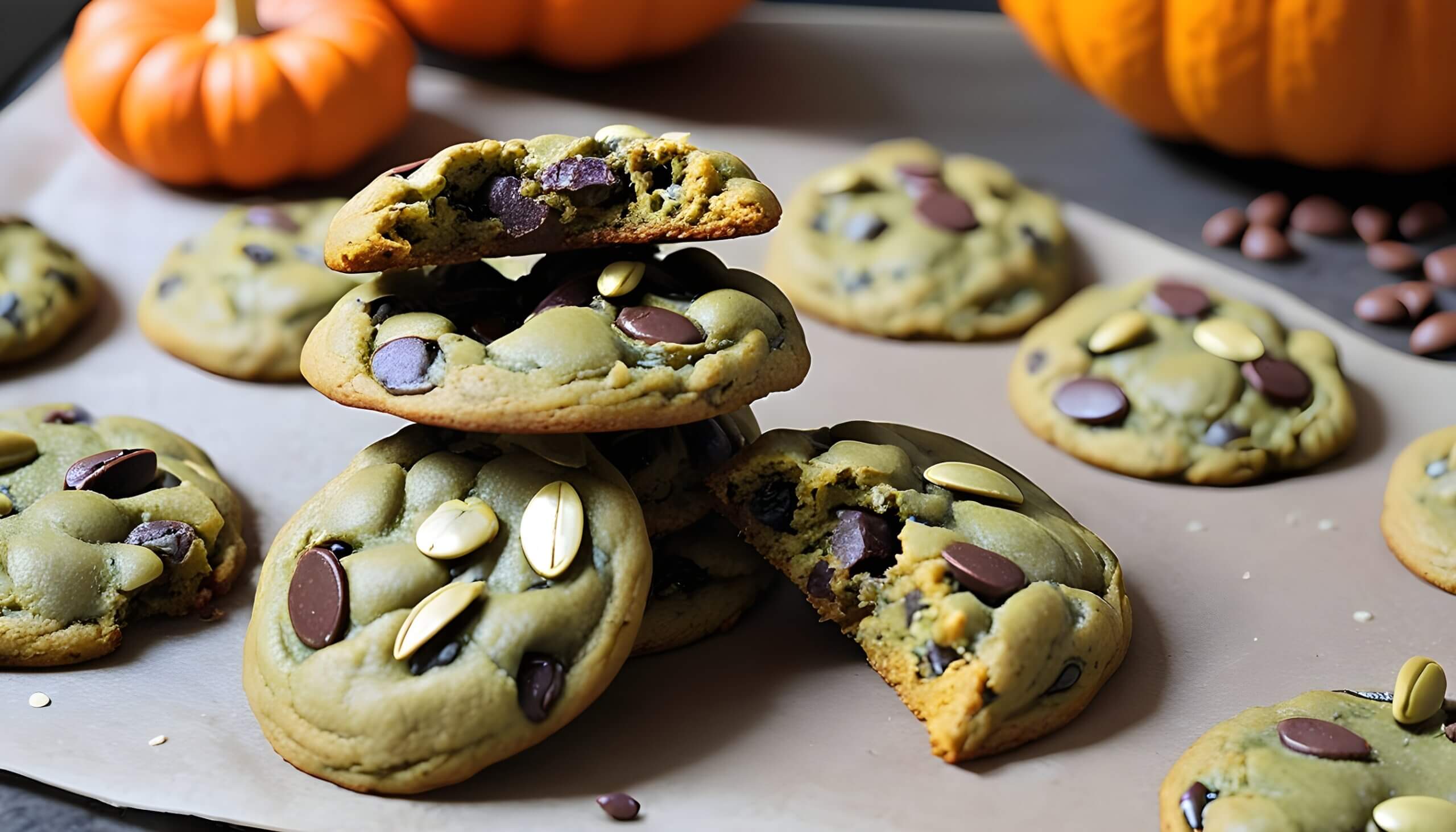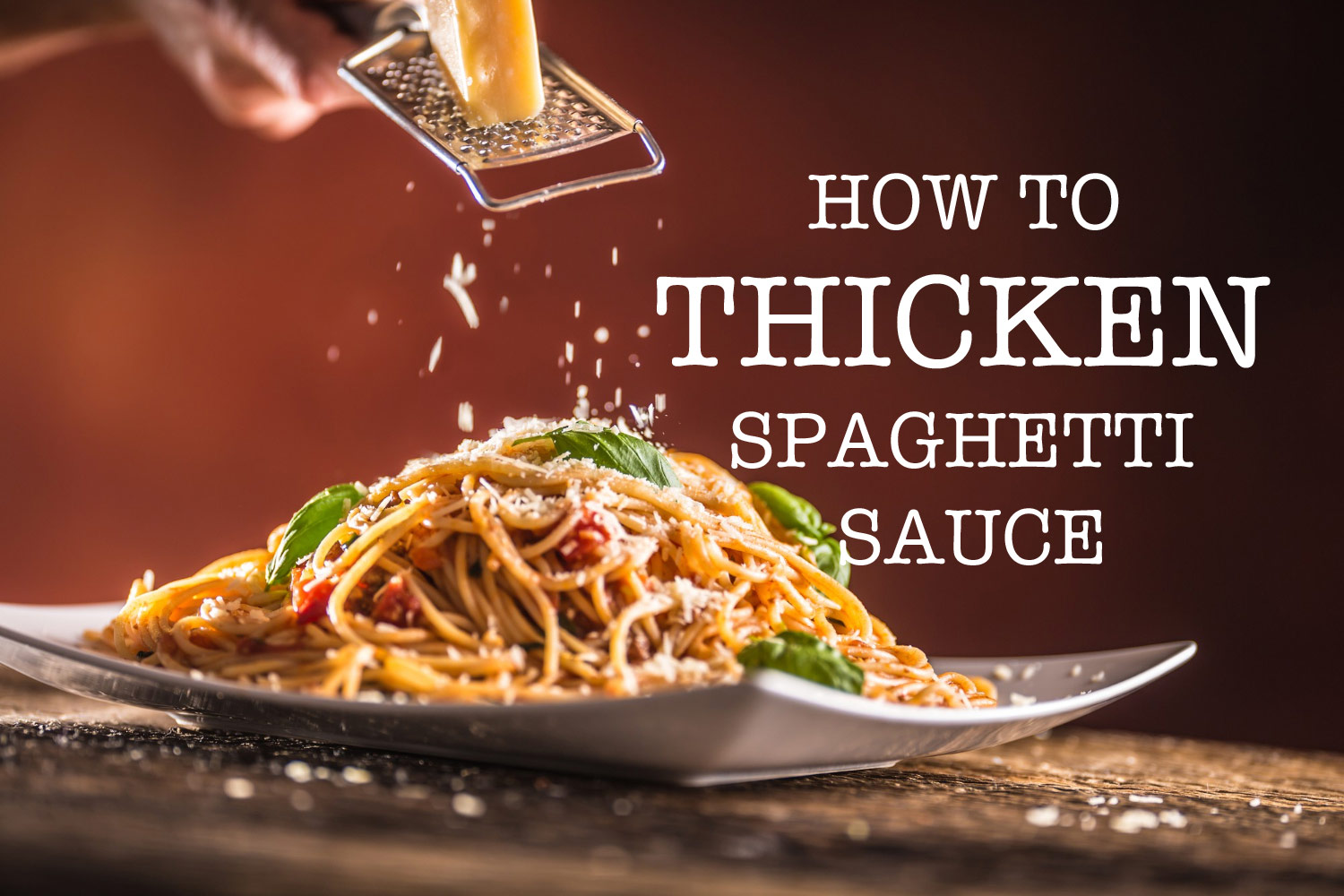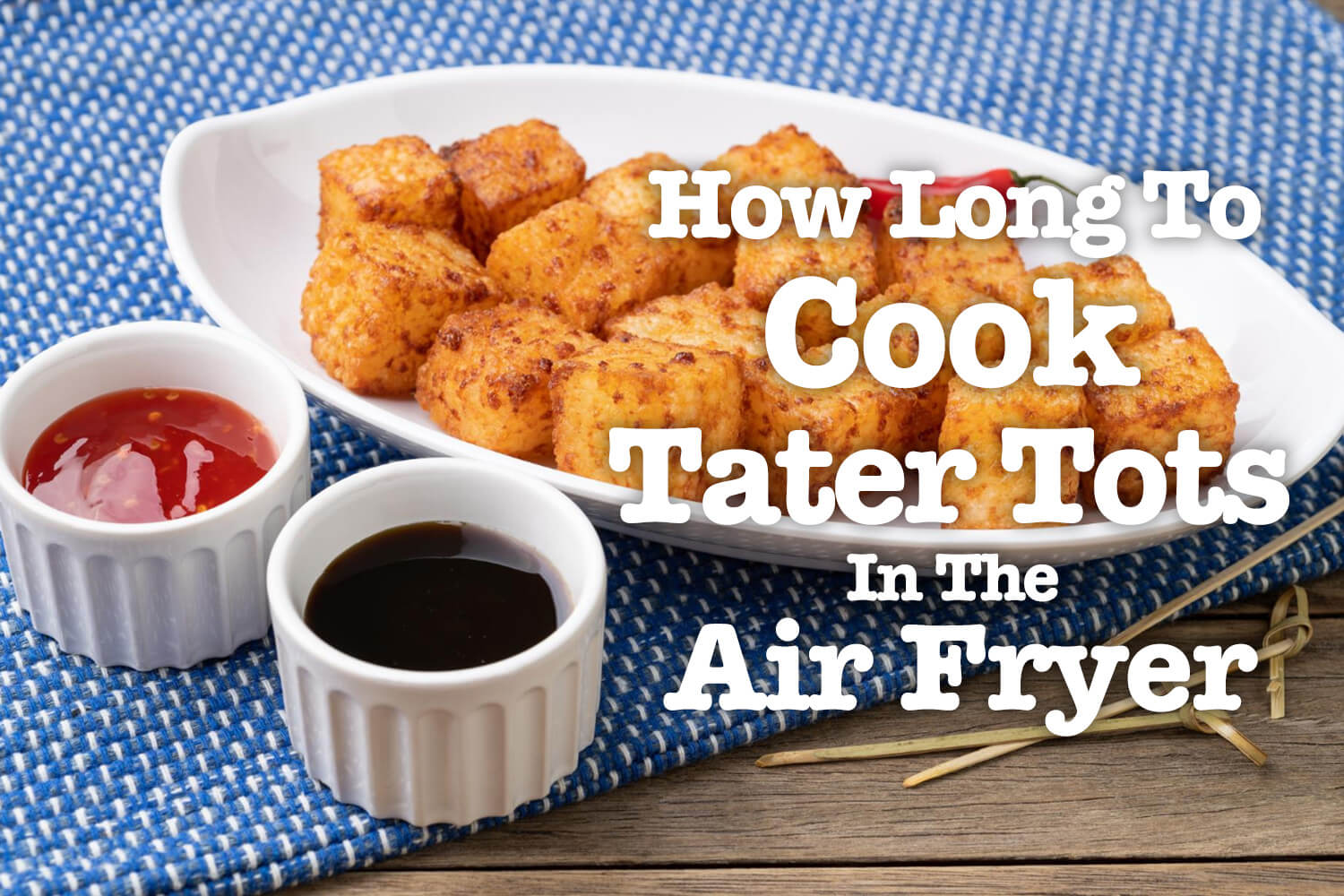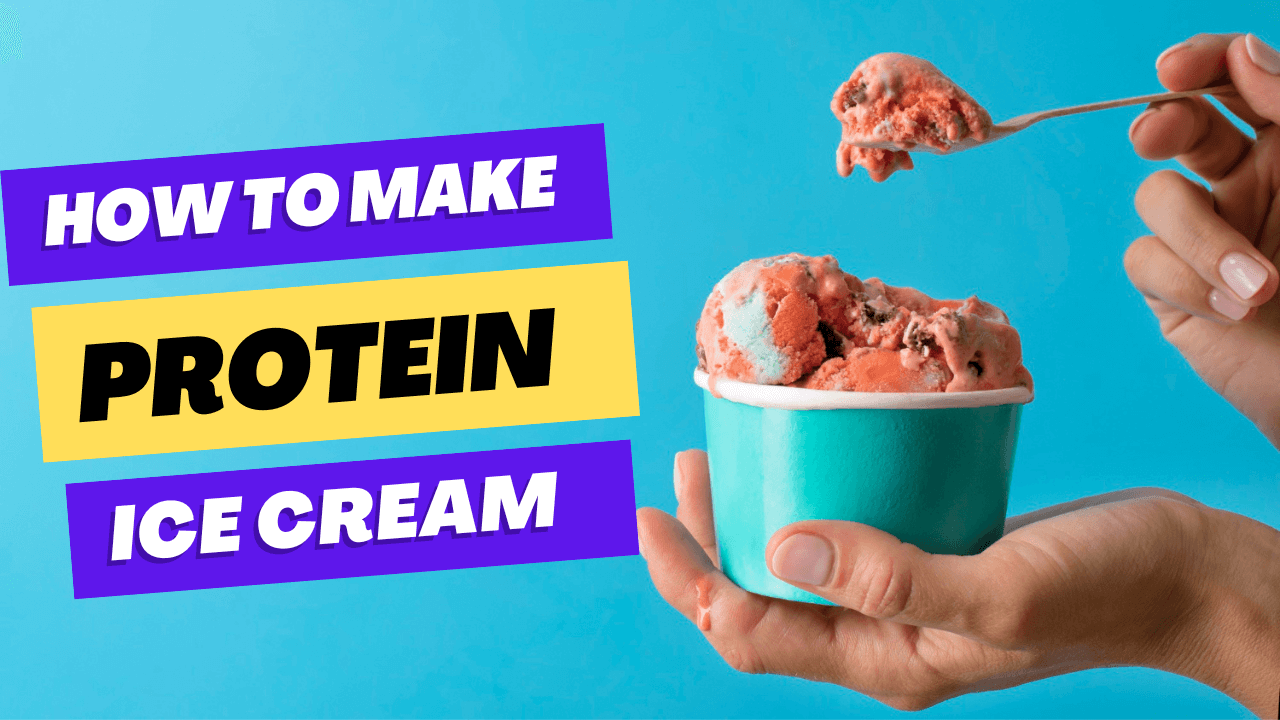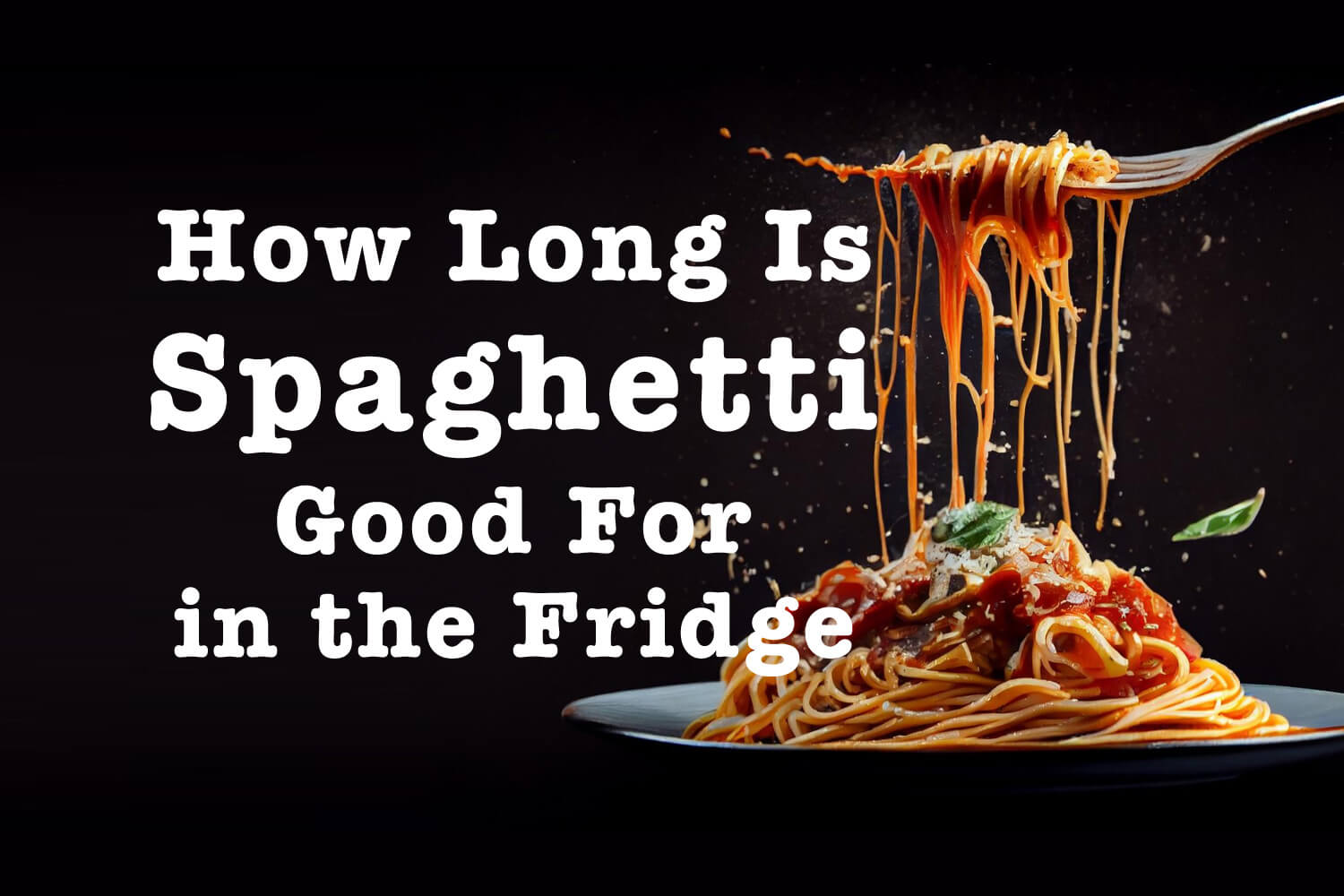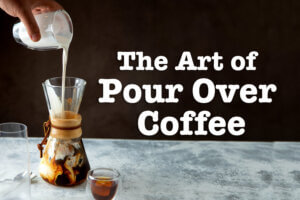Perfect your pour with the best pour over coffee technique that even the pros would give a nod to. In this article, we zero in on the nuances of pour-over brewing to help you craft a stellar cup of coffee every time. Let’s demystify the gear, grind, and gentle pour that can make or break the quality of your home brew. Start enhancing your morning ritual without any fluff—just pure, actionable coffee wisdom.
Key Takeaways
- Pour-over coffee brewing is a manual method that enhances flavor extraction and requires precision, allowing control over the entire process with specific equipment like burr grinders and gooseneck kettles.
- The pour-over technique involves coffee bed preparation and mastery of the pouring process, which includes the bloom phase and pulse pouring, to achieve even saturation for a balanced flavor profile.
- Optimal water quality and temperature are critical for pour-over coffee, with a preference for filtered water and temperatures between 205-210°F to avoid over or under-extraction of flavors.
The Essence of Pour Over Coffee
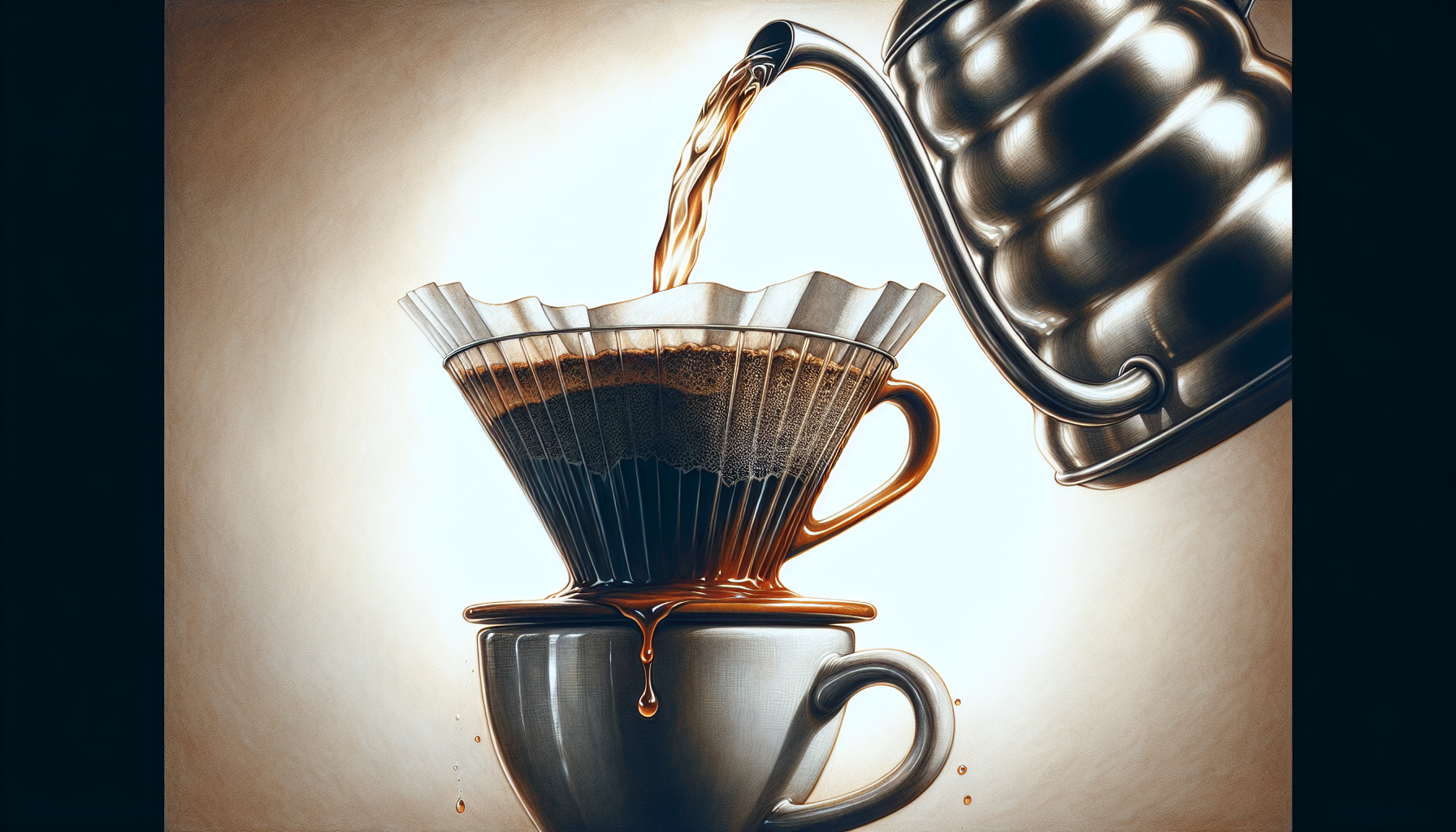
Pour-over coffee is a brewing method that brings out the true essence of coffee, just like french press coffee. It involves manually pouring hot water over coffee grounds in a filter, and the magic unfolds as the water seeps through the grounds, extracting their flavors. This method allows you to be the maestro of your brew, controlling every aspect of the brewing process for a truly personal coffee experience, making it the best pour over coffee. To achieve this, you’ll need the right pour over coffee equipment.
Unlike automatic drip coffee makers, pour-over coffee brewing requires your undivided attention. But the result? A balanced, potentially more satisfying coffee experience that will make your taste buds dance. Achieving a delicious pour-over coffee requires precision to manage the complex mix of coffee substances and to halt the brewing at the ideal moment.
As a seasoned coffee lover and expert, I’m here to share some tips and tricks I’ve learned from years of experience to help you craft the perfect pour-over coffee.
Essential Gear for Prime Pour Over Coffee
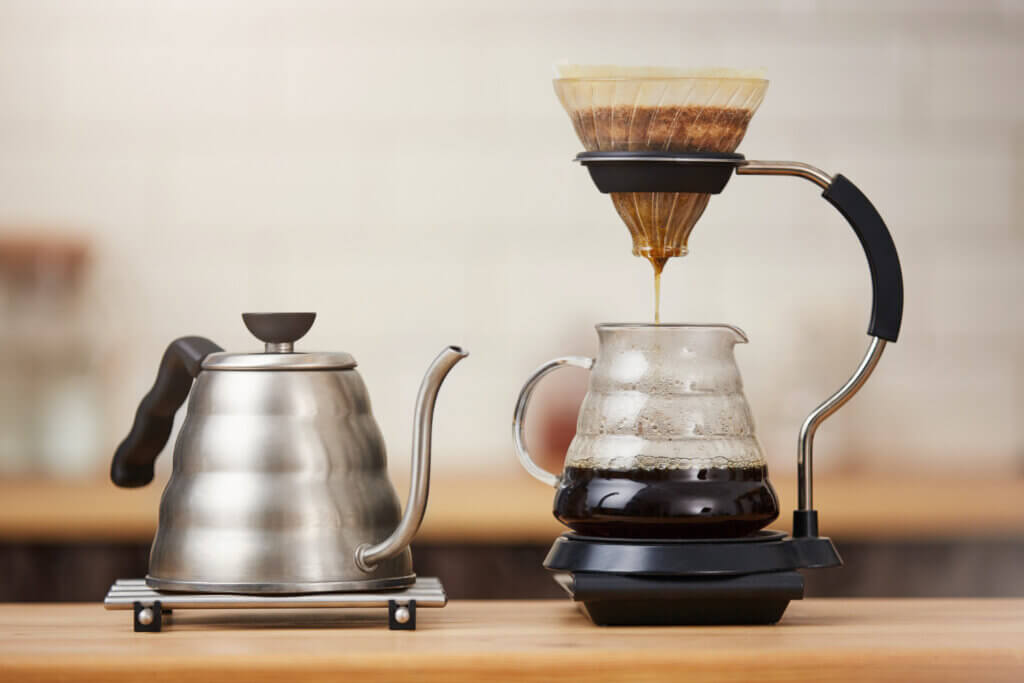
Let’s dive into the essential gear required for creating that perfect pour-over coffee. We will delve into the significance of the grinder, the choice of brewer, and the type of kettle, each playing a pivotal role in shaping the flavor of your coffee.
The Ideal Grinder: Burr is Better
The coffee grinder is an essential piece of equipment for any coffee enthusiast. Burr grinders, in particular, are revered for their superior performance. They create a more consistent grind with an even particle size, which is the key to optimal flavor extraction in pour-over coffee. A burr grinder like the Fellow Ode Gen2, recognized by the Specialty Coffee Association for its quality in grinding, provides consistent grind sizes, vital for a balanced cup of pour-over coffee.
While flat burrs excel in producing a uniform grind, they may not grind fine enough for espresso without additional accessories. However, grinders with conical burrs like the Fellow Opus, despite being slightly less consistent than flat burrs, still deliver a versatile range of grind sizes, contributing to a more affordable price point.
Choosing Your Pour Over Brewer
The design of your pour-over brewer plays a crucial role in the brewing process. It influences the water flow and contact time with the coffee, thereby affecting the extraction and flavor profile of the coffee.
Are you looking for a user-friendly and consistent brewer? Perhaps, a flat-bottomed brewer like the Kalita Wave is your perfect match. Or, if you’re after more flavor clarity, conical-shaped brewers like the V60 or Chemex might be just the thing you need.
Designs like the ESPRO Bloom aim to ensure even water distribution and saturation of coffee grounds for a balanced extraction.
Importance of the Kettle: Gooseneck vs. Regular
Another essential piece of equipment is the kettle. A gooseneck kettle, in particular, helps control the flow rate and speed at which water is poured, which are fundamental aspects of the pour over coffee brewing process. The design of a gooseneck kettle ensures a steady and controlled water flow, essential for even extraction and a balanced pour-over coffee.
While you can utilize a regular kettle for making pour over coffee, they lack the precision of gooseneck kettles. Hence, they require more skill to pour effectively.
Perfecting the Pour Over Method
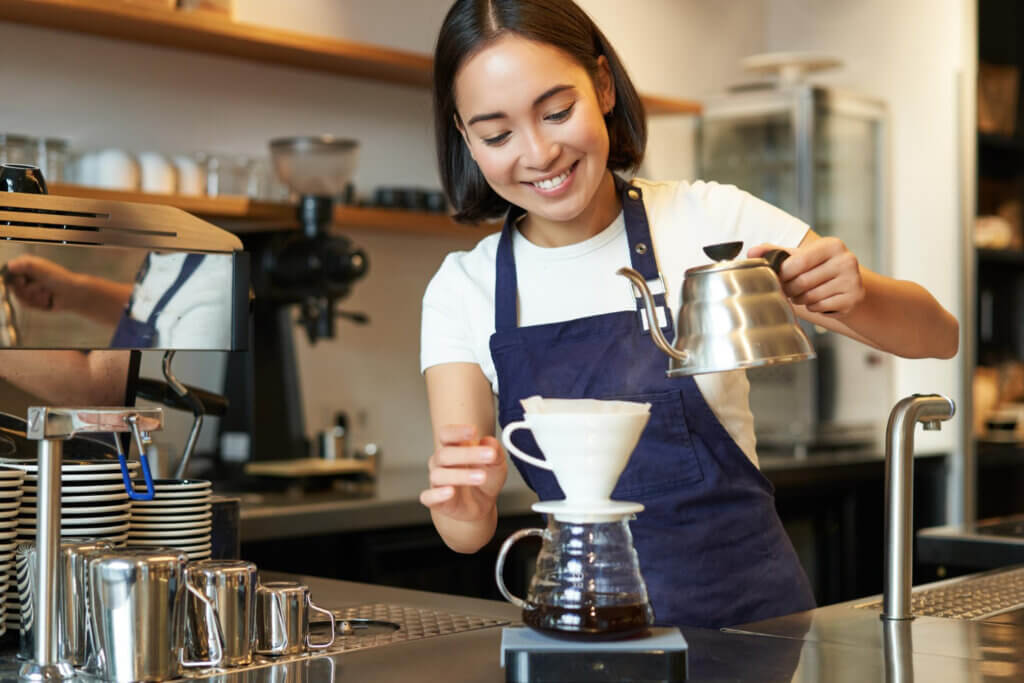
Now that we’re equipped with the right gear, let’s delve into the intricacies of the pour-over method. We’ll explore coffee bed preparation, pouring techniques, and brew timing, all of which contribute to the ultimate pour-over experience.
The Coffee Bed Preparation
The coffee bed is your canvas, and how you prepare it significantly impacts the resulting brew. Achieving even saturation of the coffee bed ensures sweetness, balance, and clarity of flavor in the brewed coffee. Wetting the coffee bed allows carbon dioxide to escape, enables full saturation of the grounds, and promotes uniform extraction of solubles from each coffee particle.
Having a digital gram scale handy when preparing the coffee bed is beneficial for achieving repeatable brewing and maintaining consistent quality in every cup. So, the next time you prepare your coffee bed, remember to level it gently after adding the ground coffee.
Mastering the Pour: Technique and Tempo
Once your coffee bed is ready, it’s time to master the pour. The first step is the bloom process, which involves evenly saturating the coffee grounds, allowing gases to release from the coffee grounds. Maintaining a consistent water stream about as thick as a pencil and employing concentric circles from the center outwards and back towards the middle is recommended.
The objective is to ensure that all the coffee grounds are fully saturated, resulting in a level coffee bed for consistent extraction. This will lead to a well-balanced and flavorful cup of coffee. Pulse pouring, which adds water in controlled bursts, maintains a consistent column of brew water over the coffee bed, avoiding exposure of the grounds to air. With practice, you’ll be able to perfect the pouring technique, ensuring even extraction and a balanced coffee flavor.
Timing Your Brew for Perfection
The timing of your brew is a crucial factor in the taste of your pour-over coffee. Here are some guidelines to follow:
- The recommended total brew time is between 20 to 60 seconds.
- Precision is key, so make sure to time your brew accurately.
- Overextending the brew can negatively affect taste, so be mindful of the time.
During the pour-over coffee brewing process, reaching around 340 grams of water by the 60-second mark helps ensure optimal extraction and flavor. For larger batches of pour-over coffee, finding an optimal balance between grind size and brewing time is critical to maintaining the desired extraction level.
The Art of Grinding: Achieving the Optimal Consistency
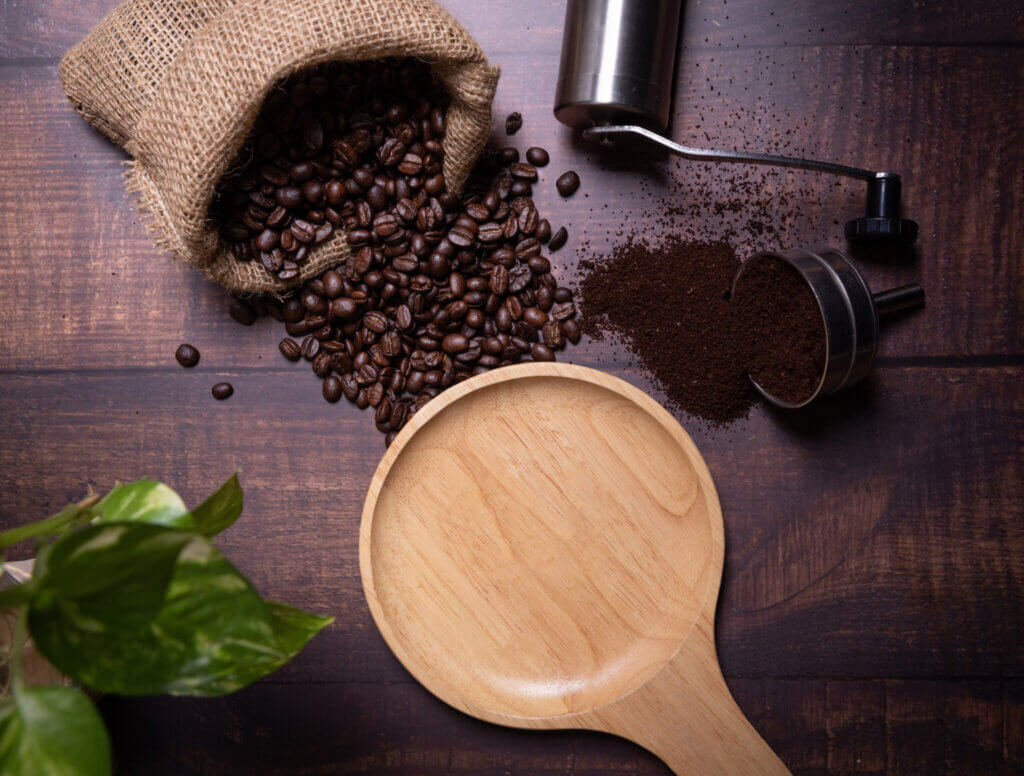
Grinding coffee is an art, and achieving the optimal consistency is the key to unlocking the true flavors of your coffee. Let’s delve into the nuances of this art and explore when and how to adjust your grind size.
When to Grind Coarser or Finer
The grind size significantly influences your coffee’s flavor and strength. A grind that is too fine can lead to over-extraction, resulting in bitter flavors, while a grind that is too coarse can cause under-extraction, leading to weak coffee.
Burr grinders are recommended for their consistency, allowing for finer or coarser grind adjustments based on taste. When using a pour-over method to brew multiple cups, adjusting the coarseness of the coffee grind can help maintain the desired brew time and prevent overextraction.
Adjusting Grind Size Based on Coffee Roast
The roast level of your coffee beans influences the appropriate grind size. Darker roasts have a more degraded cellular structure due to their extended roasting time, making them softer and enhancing their solubility.
Darker roasted beans require a coarser grind compared to lighter roasts due to their softer and more soluble nature. Finer particles known as ‘fines’ are more common in softer and darker roasts; these fines extract faster and can lead to over-extraction if not balanced with a coarser grind size.
Water Quality and Temperature: Keys to Flavorful Coffee
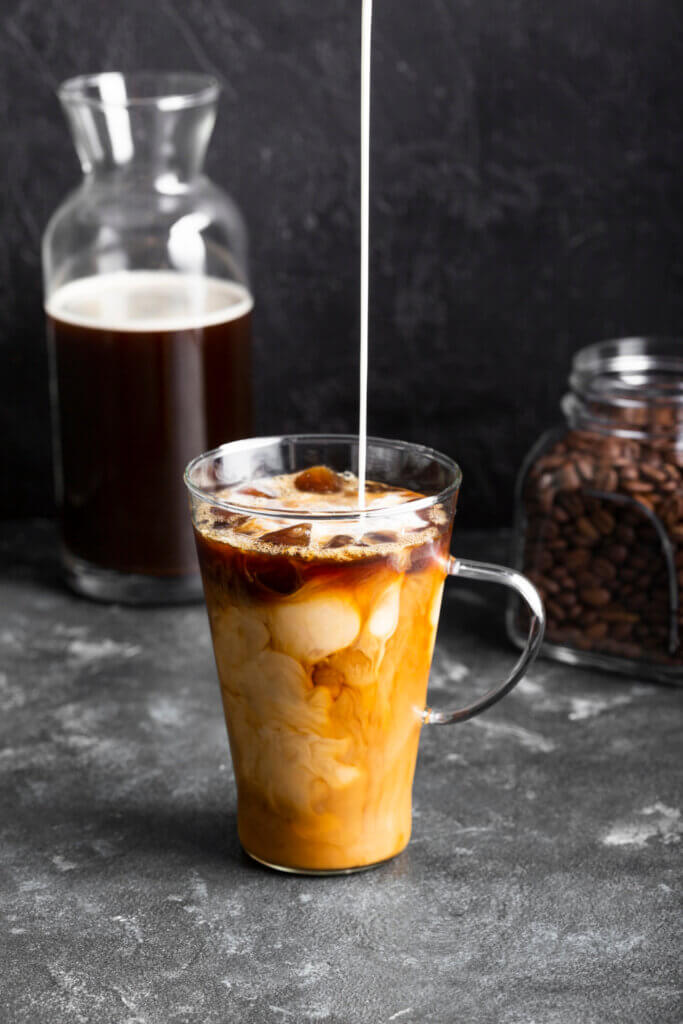
The quality of water you use to brew your coffee can make or break the taste of your final brew. Optimal water for coffee extraction should have a mineral content below 250 ppm to prevent over-extraction or under-extraction of coffee flavors.
The temperature of your brew water is also crucial. The recommended temperature range for water when brewing pour-over coffee is between 205-210°F, which facilitates optimal extraction without scalding the coffee grounds. Achieving the desired brew temperature of around 200°F can be done by setting the kettle to a near boil and starting to pour after the rolling bubbles have subsided.
So, the next time you’re brewing your coffee, remember to use filtered water and maintain the temperature within the recommended range for a flavorful brew.
Advanced Techniques from Coffee Professionals
Now that we’ve covered the basics, let’s explore some advanced techniques from coffee professionals that can elevate your pour-over coffee brewing experience to new heights.
Multiple Cups Mastery
Brewing multiple cups of pour-over coffee without sacrificing quality or consistency is a challenge, but not an insurmountable one. With the right grind size adjustments and careful monitoring of the brewing time, you can master the art of brewing coffee, especially when it comes to multiple cups of delectable pour-over coffee, ensuring that even the final cup is perfect.
So, whether you’re hosting a brunch or simply craving multiple cups of delicious coffee, you can always ensure a consistently delicious brew coffee at your local coffee shop.
Agitation and Its Role in Extraction
Agitation plays a vital role in the extraction process. It’s a gentle disturbance of the coffee grounds aimed at ensuring even extraction and preventing channeling, which is when water flows unevenly, over-extracting some grounds while leaving others under-extracted.
Agitation techniques, such as stirring or swirling the grounds or pulse pouring, are instrumental in manipulating the extraction process and thereby have the potential to enhance or alter the flavor profile of the coffee. Just remember, too little agitation can lead to uneven extraction, and too much can cause excessive extraction, so finding a balance is key.
Summary
We’ve journeyed through the world of pour-over coffee, from understanding its essence, exploring the essential gear, and mastering the brewing method, to delving into the art of grinding and the importance of water quality and temperature. We also ventured into advanced techniques used by coffee professionals. By now, you should be well-equipped to brew a cup of pour-over coffee that rivals your local coffee shop. So, go ahead, experiment with your brewing process, and immerse yourself in the joy of crafting the perfect cup of coffee.
Frequently Asked Questions
What is the best coffee pour over ratio?
Start with a 15.5:1 ratio (20 grams of coffee to 300 grams of water), but your taste may vary between 15:1 to 17:1. Simply weigh your coffee and multiply it by your preferred ratio to determine the water amount.
What is the ideal water temperature for pour-over coffee?
The ideal water temperature for pour-over coffee is between 205-210°F. This range helps extract the best flavors from the coffee grounds.
How does the grind size affect the taste of my coffee?
The grind size of your coffee directly impacts its taste. A too fine grind can make your coffee bitter, whereas a too coarse grind can result in weak coffee. Adjusting the grind size can help achieve the perfect flavor.
How long should I brew my pour-over coffee?
Brew your pour-over coffee for 20 to 60 seconds for the best results. Any longer may result in over-extraction.
What type of kettle is best for pour-over coffee?
A gooseneck kettle is best for pour-over coffee because it allows you to control the flow rate and speed of the pour, resulting in a more precise brewing process.
